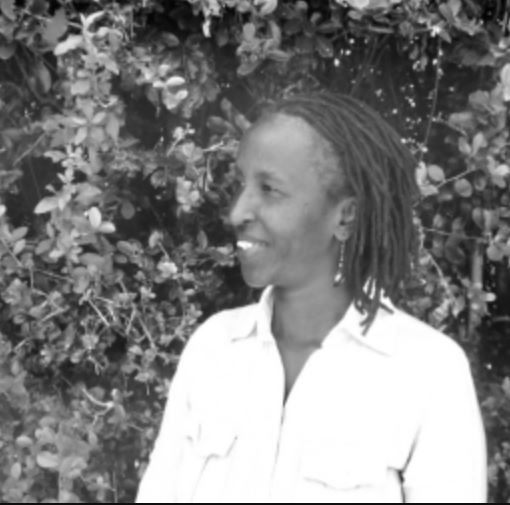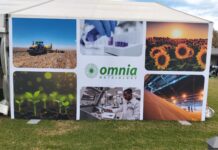I dug in my wheat – which I had sowed in March. It germinated but it shriveled, the grains didn’t fill so I ended up ploughing the shriveled stems into the ground. This was a financial hit and it hurts. I would want to blame it on the drought – park me and the “drought” here, we shall revisit.
My neighbors, starting with the ever supportive Mr. M and other farmers in ASALs – got the same amount of rainfall as I did and some even less -120mm recorded for March through June 2021, and they got good yields in wheat, barley, canola, sorghum and field peas.
Back to me; I could play a victim of drought – which would be face saving since we are in yet another of our drought periods in ASALs. I could even monetize my situation by writing a funds-winning proposal with all the donor appealing words; drought, food security, climate resilience, marginalized areas wrapping it neatly with the gender ribbons and I would be in good dollars. Because hii pesa ya donor si ya.……..
Crop science
But I would henceforth have to avoid mirrors and my farming mentors because I know I just did not play the farming game like my successful neighbors / mentors did. So what are these farmers doing, that season after season they are managing to get good yields in regions that are nearly written off for food production?
They embrace crop science and work with the variables they can control with the aim of getting healthy living soils. Of course they wish they had enough and reliable rainfall but knowing this is beyond their control, their concern is making every mm of rainfall stay within the root zone of the crops.
Good people – this is what I didn’t do and trying to use the drought card is being disingenuous. Is there a chance that like me, on a national scale we are collectively failing in our farming systems in ASALs? We could muddle this conversation with a lot of if onlys and buts, ignoring and disparaging the efforts of these successful farmers and attribute their success to emotive issues such as luck (whisper – it is sweat), money, land sizes, machines/equipment and in some cases we will unfortunately use the race card. There might even be a proposal for a survey/research to “see” why these farmers do well.
As a food insecure country, whose food import bill is growing yearly and for ASALs – an over researched region, we may not have the luxury, need and time for these types of debates. After all, the farmers are open about their past farming blunders that left their soils severely degraded, raised their farming costs, reduced their yields and income.
It has taken them years to build them (soils) back to the current superior structure that can retain moisture for an extended period of time, remain cool even under extreme temperatures and have a healthy ecosystem that keeps the soils well aerated.
They are evangelists of using crop residue for mulching, releasing and recycling nutrients back to the soil and suppressing weeds. Consequently their fertilizer usage per acre is low and so is the seed rates in wheat and barley because with rich soils the plants get more tillers.
Some of the farmers were once big suppliers of baled wheat and barley straw for animal fodder, until the shilling dropped that the income from the baled straw is less than the holistic value of the straw if is left as mulch to rebuild the soil. Mulching with the crop residue is arguably one cheapest ways of conserving water, which makes the crops thrive even when the rainfall has been below the expected.
They are then keen on not disturbing their soils so as to retain its moisture and this is where the terms zero-till, minimum tillage or conservation tillage comes in. They only poke the hole for seeds, leaving the rest of the ground untouched.
I hear some whispers; “ Oh – but they have big precision planters”. Depending on your farm size – you can poke the hole with a stick, panga or a jembe. Get the concept right, use the tool at your disposal. Done. By embracing crop science they are intentional about choosing not only the crop to grow but the variety that does well in their particular areas. They use a crop rotation regime that cheaply introduces nutrients into soil, control weeds and also break hard pans. Early planting is their go-to way of establishing a crop so take advantage of the first rains.
And when it comes to using farming chemicals, they use those which besides offering them a cheaper and efficient way of preventing and controlling weeds, pests and diseases, they are softer on their crops, soils and the environment because they want longevity.
So there you have it – it is simple, nothing kizungu mingi. But I still made a mess of it because I had not grasped that my transition from hay to cereals growing is going to be a tough journey, since my soils are totally devoid of organic matter.
However there is a school of science, often backed by Google results – that will poke holes into this model of farming by challenging the use of farm chemicals and concepts like mono cropping even when it is used in a crop rotation regime. They also have magical gels and other elixirs that would overnight correct poor soils.
Unless the alternative they propose gives higher yields and income, has low production costs, is financially sustainable without donor funds (by now you know my disdain for this), can be efficiently replicated on any acreage and last but not least makes the farmers happy – by all means show us on the ground. Peace. I have not given up. I have learnt from my mistakes and been busy at the farm, because one day – touch soil, I will write a different story about me and wheat.
BY Anne Munene
Lukuai Hay Farm










[…] Source link […]
Comments are closed.